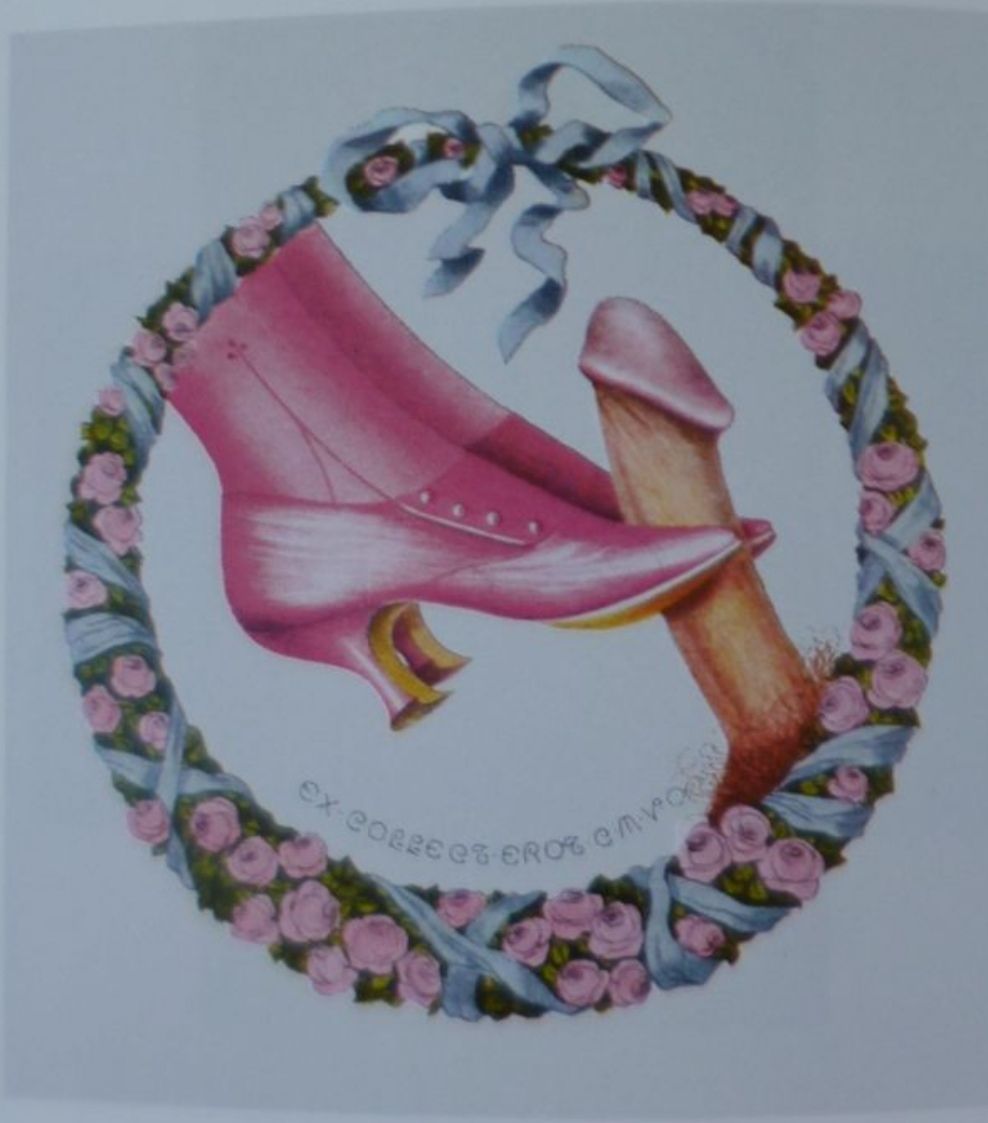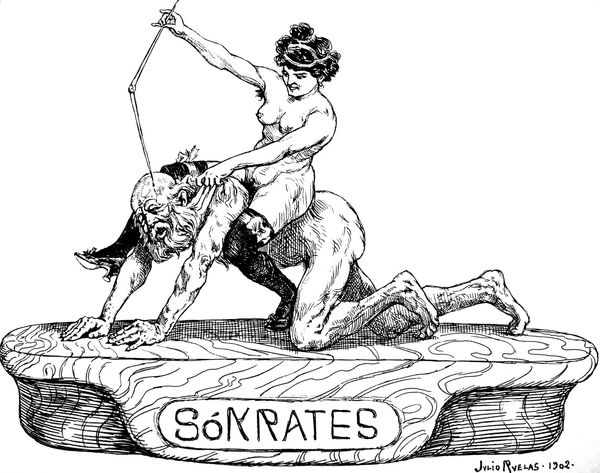Boots are made for walking, so what are slippers for?
Emilie and the Freudian Slipper Part 2
“Oh girls, my friends, when I witness the horrible destructions that a man’s boot creates in this civilized world, when he tears a curtain of finest mousseline here, and when there's a teatable with all the cups, the pot and the milk dispenser is toppled, a righteous anger takes hold of me.”
That’s what Emilie said in an 1842 pamphlet called “The Rule of the Slipper.” And it is not the only passage where she opposes the rule of the boot, to the — in her eyes — far superior rule of the slipper. Time to take a closer look at both of them before we take a closer look at Emilie.
Now, humanity seems to have had a fascination with feet and their coverings since the dawn of time. It was even biblically authorised. In the old testament, in the book of Joshua, it is commanded to “put your feet upon the necks of these Kings” to indicate that the enemy had been defeated. In Jewish culture the shoe was considered a symbol of possession; the now obscure scholar Jakob Nacht in a 1915 article cites a case where “the shoe of a person is removed to indicate that he has lost authority over a member of the family." This obsession with feet continues well into in the new testament. In the book of John, Jesus Christ says: “If I then, your Lord and Teacher, have washed your feet, you also ought to wash one another’s feet.” One is a symbol of power, the other a symbol of showing humility.
And this dynamic is not at all exclusive to the Abrahamic realms, so brace yourself for a short trip around the world! When a Bedouin would separate from his wife he would ceremoniously state that he had thrown away the slipper. Marian Hulsbosch, after having studied feet and shoe culture in Ambon concluded: “In one sense the slipper is the ultimate symbol of subjugation, yet it also marked the social position of women, as it showed they were free from arduous work and enjoyed freedom of leisure." Wait…did we enter the realm of slippers here? In Emilie’s Germany traditional custom dictated the groom to symbolically step into the shoe or slipper of his bride during the wedding to demonstrate his dominion over her and "swinging the slipper" (den Pantoffel schwingen) is still a not-too-obscure saying in the German language to denote dominating someone.
Mankind started out as hunters and gatherers. Out there feet would be covered in sturdy boots to protect them from the elements, hence boots would evolve into a symbol of the brute power of hunters and soldiers. But over the course of time man became settled farmers, and inside the farmstead boots are less practical, and slippers abound. So the slipper over time became a symbol of power and dominion of the domestic kind. Wearing it would became answering the age old question of who is the boss.
And somewhere along the way this profound dynamic: the symbols of power and humility, became sexually charged, especially among men. In his On Fetishism, Freud stated that the male fascination for female feet and shoes are essentially a product of a male fear of castration: When the curiosity of a young boy gets the better of him, he peeks upskirt to try and see the female genitalia, where he discovers to his horror that the anticipated penis is missing. When he then looks down in shock, he discerns the feet of the woman, which will become a substitute for the missing female phallus (and if not becoming homosexual by the sheer shock he will be a foot fetishist in the making).
Now, Freud's theories, however fancy they sometimes are, are hugely outdated. But that there is a sexual fascination for female feet and their gear is beyond debate. The Austro-German psychiatrist Richard Krafft-Ebing published a compendium of what were then called sexual deviancies in 1886. In this book he cites a case of a 59-year-old man, a model husband of rigid morals and father of several children, who frequented bordellos on a weekly basis to let the girls stand on him with their shoes on, even to the point where a heel was pressing into his eye socket. After his weekly visit he would return to his sanctimonious rigidity.
Now Emilie’s advice to women to use their natural weapons of womanhood (like her sharp nails, teeth and tongue) to bring men under the rule of the slipper starts to make sense. But in the next part we will explore the greater mystery: who was Emilie?




